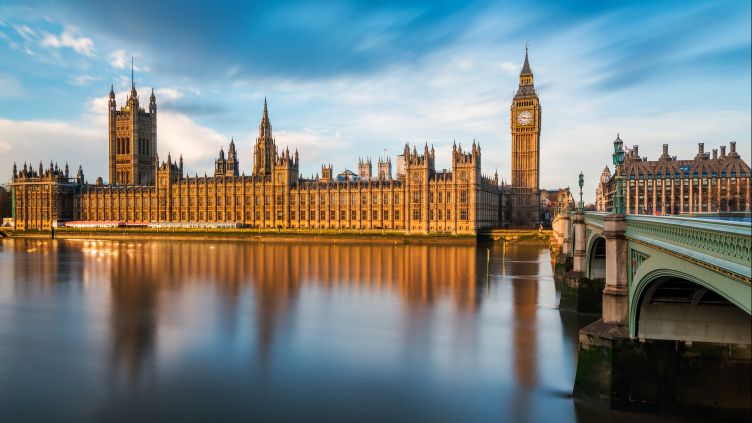

Alexandra Anderson
Q-Step Post-doctoral Researcher
Sheffield Methods Institute
Matthew Flinders
Professor of Politics
University of Sheffield
The UK’s Palace of Westminster, a Grade I listed building and part of UNESCO world heritage site, is currently falling apart and is in dire need of repair. As one of the UK’s most iconic and significant buildings, the palace’s oldest parts date from the 11th Century and the majority of the building was rebuilt after a fire in 1834. The building has seen limited maintenance since then and now there is a significant risk of fire, the masonry is crumbling, asbestos is widespread throughout the building, and dated windows and roof tiles are in desperate need of replacing.
In order to address these issues, the Parliamentary Buildings (Restoration and Renewal) Act received royal assent in October 2019. Refurbishment of the Palace has been, for the majority, designed to address only the crisis of the building – but how can the refurbishment address the broader crisis of UK democracy? This paper seeks to explore and develop the concept of the architectural imagination as it relates to both ‘politics as theory’ and ‘politics as practice’ in the refurbishment of the Palace of Westminster.
By fusing the arguments of C. Wright Mills regarding ‘the promise’ and ‘the trap’, as articulated in his classic work The Sociological Imagination of 1959, with the theories and insights provided by architects and designers about the link between physical structures and the architecture of power, this paper seeks to examine the opaque governance decisions of the R&R programme. We will explore the role of buildings in terms of reflecting social relationships and the manner in which the democratising promise of architecture might on occasion become trapped by the refusal and resistance of embedded elites to countenance change. This, in turn, opens-up a discussion regarding anchorage and fluidity, nostalgia and emotions and most of all the structural shadow of the past upon the future. For example, it cannot be ignored that the palace was rebuilt in a period in which the architecture was designed to reflect a very specific political culture. As Joni Lovenduski stated in her classic book, Feminising Politics (2002):
“For a long time Westminster was one of those places where men gathered with other men. Its ways were the ways of the gentlemen’s clubs and public schools that were so important in establishing the norms of appropriate male behaviour.’ (p. 208)
In the reluctance to have an open discussion about the role of architectural structure and its effect on the future of UK democracy, this paper seeks to explore how the architectural imagination is limited and stifled due to a constrictive mandate that aims to preserve the past, rather than focus on the future. In this sense, the architecture imagination that is embodied by the ‘renewal’ aspect of the programme, is limited due to the strict focus on the ‘restoration’. This issue can be seen especially in contrast to the recent open call for design proposals for the EU parliamentary refurbishment, and possible rebuilt, that was launched on 26 May 2020. This paper thus aims to analyse the basic challenge of ‘creating afresh’ that is itself given tangible structure and meaning through an analysis of the history and governance of the proposed ‘Restoration and Renewal Programme for the Palace of Westminster’.